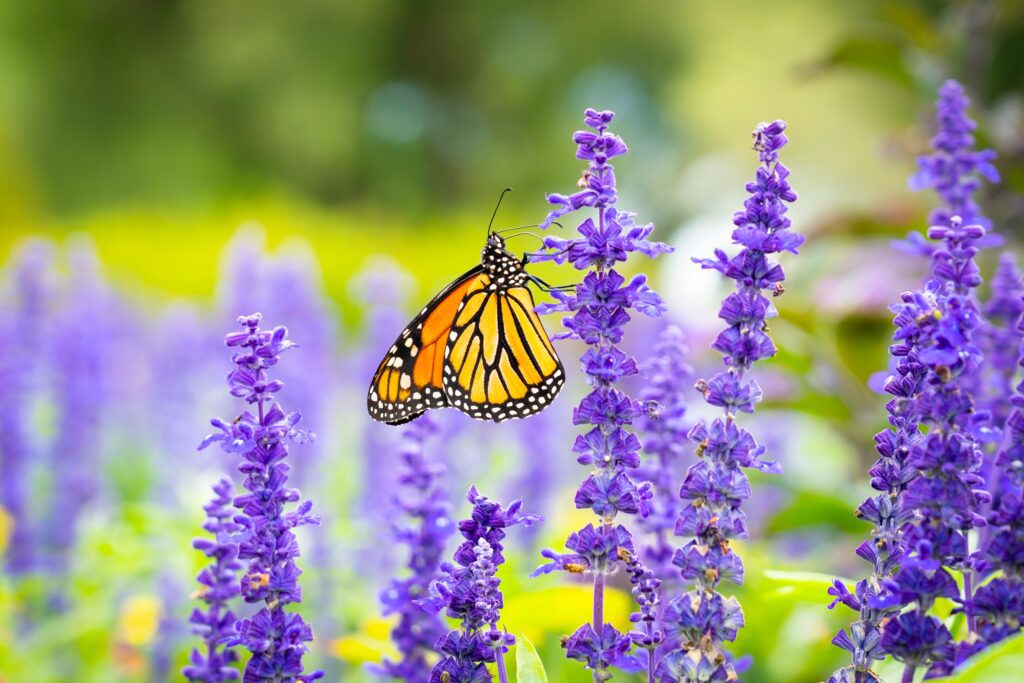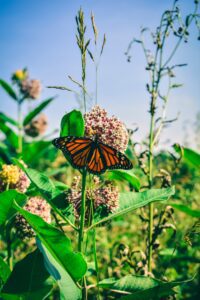The monarch butterfly, with its unmistakable orange wings, is beautiful to behold. More importantly, it plays a vital role in pollination, contributing to our entire food chain. Numbers are down by as much as 53% this year for some varieties. The drop off is most likely due to loss of breeding habitat according to Doug Stotz, conservation ecologist at the Field Museum of Chicago.
Illinois is taking steps to combat this problem. On September 24, the Illinois Environmental Protection Agency and the Illinois Departments of Natural Resources, Transportation and Agriculture solidified their commitment to protecting monarchs and other pollinators by signing the Illinois Monarch Action Plan. The all-hands-on-deck plan, according to Coordinator Iris Caldwell, is part of an effort to add 1.3 billion stems of the native plant regionally. Monarchs depend on milkweed for breeding habitat and for food. Illinois has two dozen species of milkweed; five are threatened or endangered.
Are there ways we can be a part of this effort? Yes! Milkweed needs green space and natural areas to flourish. We have gardens! By planting milkweed and native plants and avoiding insecticides we can benefit monarchs and help ensure a healthy environment.
Well, isn’t it too late now? No, November is the optimum time to plant milkweed seeds in this area. You can find seeds on Amazon, or maybe someone in our club has some to share.
How to go about it? Here is a link with directions for fall planting. And if you don’t get that done, here’s a link for winter planting. And if you miss that time frame, you can still plant them in the spring—but you’ll have to keep them in your refrigerator for a few months since milkweed seeds need to be cold stratified. You can even grow a plant or two in a pot.
So go plant some seeds, save the monarchs and contribute to our natural world.

